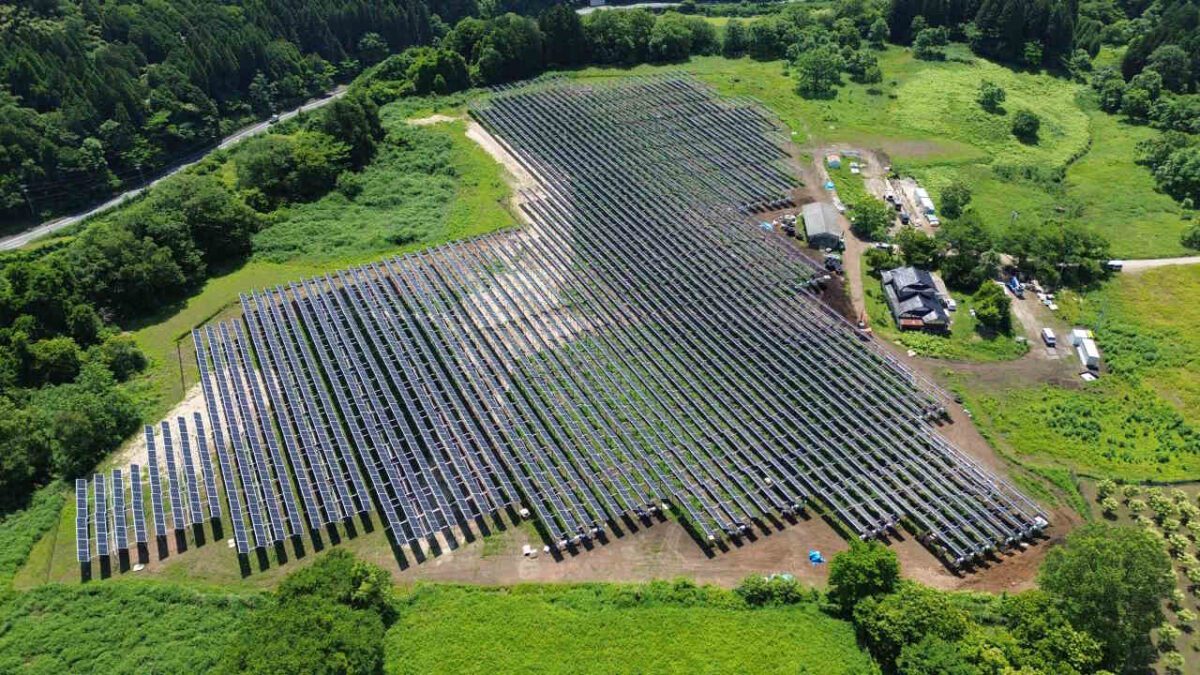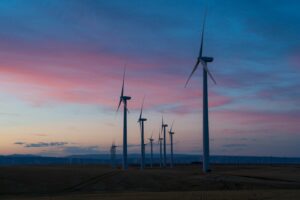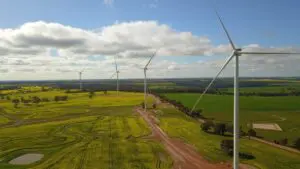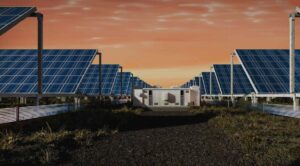Chinese solar PV giant Trina Solar has successfully begun commercial operations at a new agri-voltaic solar project in Japan that combines solar modules with a yam crop that thrives in the shade.
The agrivoltaic project is only small – just 2.4 MW – and is located in the city of Fukuchiyama in Japan’s northern Kyoto Prefecture, but is a demonstration of the new way of thinking about the use of solar projects and existing farmland.
The Fukuchiyama project is paired with the cultivation of the Japanese yam, also known as ebi-imo, a crop native to the region which thrives in shade.
By pairing a solar farm with growing ebi-imo, not only does the project generate clean energy, but also provides an improved growing environment for the ebi-imo, as the solar modules reduce soil moisture evaporation and shade.
The solar modules are mounted at a minimum height of 2.35 metres above the ground, allowing plenty of space for the use of agricultural machinery, ensuring that agricultural operations can continue unaffected.
Importantly, in a country with severe restrictions on land usage – with renewable energy projects often losing out to the need for agricultural space – this agrivoltaic project serves as a proof point for how renewable energy technologies can be paired effectively with agriculture.
This will be vital as Japan seeks to achieve carbon neutrality by 2050. The Japan Photovoltaic Energy Association (JPEA) has predicted that a quarter of the country’s solar power generation will have to come from agricultural land.
“Trina Solar’s agrivoltaics project in Kyoto stands as a testament to the viability of this approach, demonstrating how renewable energy can support other critical industries, such as agriculture, in the pursuit of a net-zero future,” the company said in a statement.
The project used 3,392 of Trina Solar’s ultra-high power Vertex N 720W series modules, which feature high-efficiency n-type i-TOPCon cells and output maximum efficiency of 23.2 per cent. Trina Solar expects the project will generate 2,700MWh of electricity each year.










